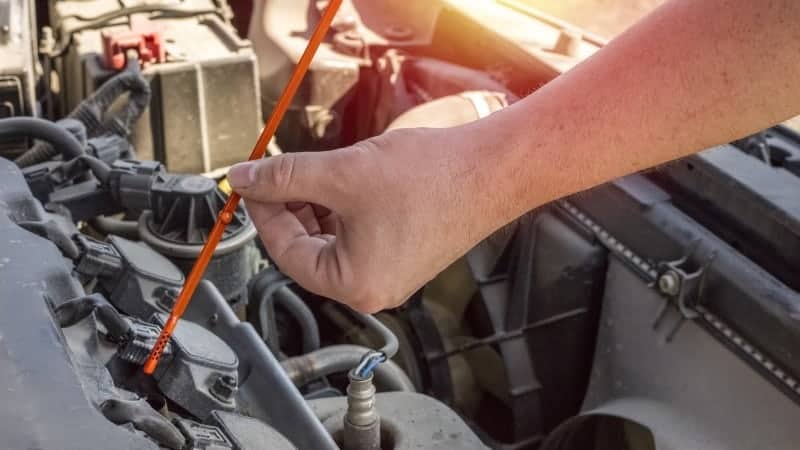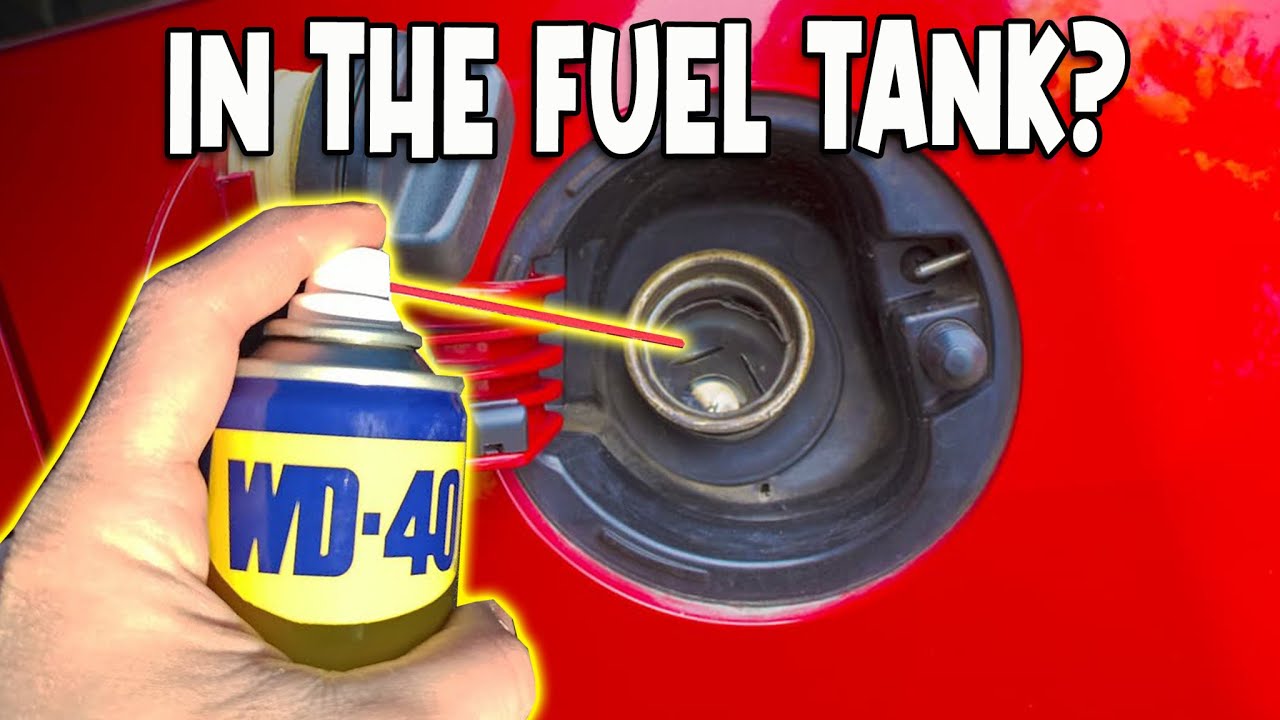Too much of anything is bad, according to an old adage. Ever heard of it? Just like an excess of any substance is harmful to people, an excess of gasoline can damage your vehicle’s engine. Even though engine oil is essential for a car’s engine to function, it’s not a good idea to apply too much of it.
Lubricating engine parts with oil keeps them from wearing down too quickly, reduces friction between moving parts, and keeps the engine from overheating. Therefore, you must do an oil change at the recommended intervals.
Overfill Engine oil symptoms

Overfilling your engine oil can cause a number of problems. White smoke with a hint of gray or blue is a common sign of engine oil overfill. Too much oil leaking into the combustion chamber might cause an overabundance of white smoke to be expelled from the exhaust tailpipe. On the other hand, you can experience other signs.
- The smell of burning engine oil
- Oil puddle underneath your vehicle
- High oil pressure
- Engine misfire, Rough Idling, and stalling
- Fluctuating Oil gauge
- Overheating Engine
- Noisy Driving
- Poor acceleration or weak acceleration
- The car won’t start
How do you fix Overfill engine oil symptoms?
With the right knowledge, the consequences of engine oil that is too full can be quickly and easily remedied. In any case, if you’re not handy around the house, you should take your car to a garage with mechanics. Be mindful that just as it is risky to fill the engine oil reservoir up to the quart mark, it is just as harmful to run out of oil.
If you want to cut back on oil yourself, be sure to keep an eye on the amount of oil remaining in the car. The following are two ways to lessen the amount of engine oil that is overfilled:
Removing the excess oil with an oil extractor:
To reduce overfilled engine oil, the easiest and most straightforward method is to use an oil extractor pump. All you need is an oil extractor pump, a clean rag, gloves, and a receptacle to drain the excess oil into.
Pull over and let the engine cool down. After removing the dipstick, set it on the clean rag to prevent any dirt or debris from getting on it. To set up the pump, read the instructions that came with it. Place the oil pan in the designated spot, insert the extraction tube into the oil dipstick hole, and plug it into an electrical outlet.
Start the oil extractor pump and carefully monitor the oil pan to determine the amount of oil that has been extracted. Periodically, you should use the dipstick to inspect the oil level.
Drain the engine oil manually:
Since hardly everyone, not even mechanics, has access to an oil extractor pump, this is a more practical alternative. But getting the engine oil out isn’t easy; you have to slide beneath the car. A jack, jack stands, socket that fits your oil sump, ratchet handle, oil pain, gloves, and safety glasses are required before you begin draining the oil.
Raises the car and props it up with To avoid injury, have Jack stand by your side as you slide beneath the car and set the oil pan beneath the sump. Start by removing the oil sump cap with your socket. You have the option to remove it halfway or in its entirety, depending on your needs. Be sure to quickly plug it back in after you have removed the desired amount of oil.
Conclusion
A major worry that can lead to disastrous engine damage is engine oil that is overfilled. Make sure the engine oil level remains at the top. Having said that, there will be no harm done if the engine oil is overfilled by 200 ml. Anyway, don’t go overboard with the mark. After getting your engine oil changed at the mechanic’s shop, you should make it a practice to check the oil level on a frequent basis. Those gearheads aren’t robots and are therefore human.





